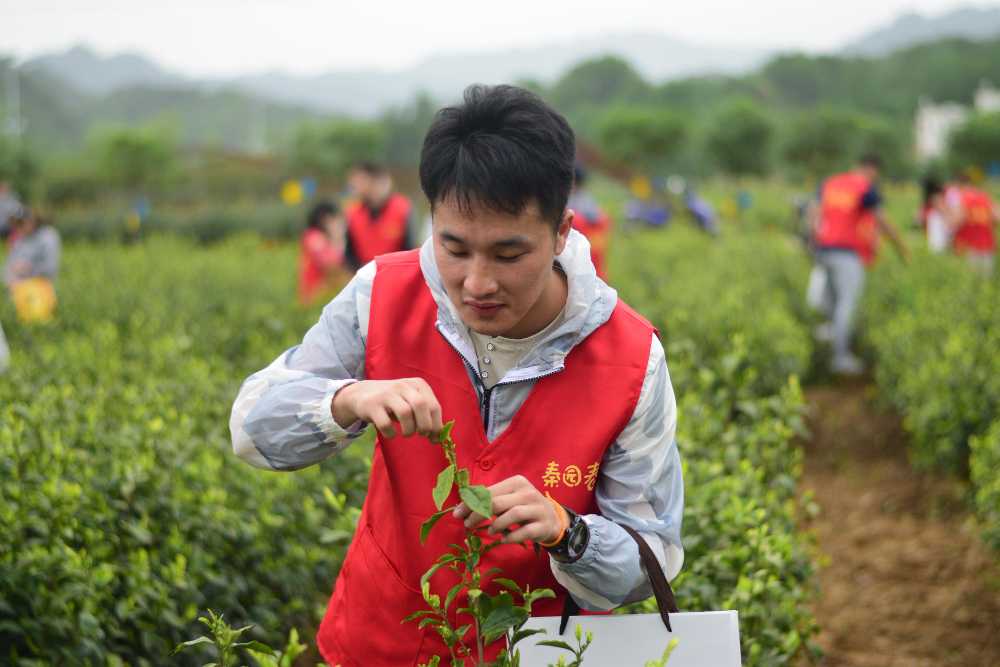Food security in Malaysia faces mounting pressures from import dependency, climate change, labor shortages, and socioeconomic disparities. As of September 2025, the country imports 25-86% of its food needs, with 2023 imports reaching RM78.8 billion, leaving it vulnerable to global shocks, such as the Russia-Ukraine conflict, or domestic floods that spiked vegetable prices by 50-80% in 2024. Yet, solutions abound through targeted strategies that boost local production, harness technology, and foster collaboration. This article outlines practical approaches to address food security issues in Malaysia, drawing on government plans and expert recommendations, to build a sustainable food system for Malaysia’s 35.9 million people—projected to hit 44 million by 2050.
Enhancing Local Production and Sustainability
A cornerstone of addressing food security is increasing domestic production, particularly of staples such as rice, vegetables, and proteins. Malaysia achieves 70% self-sufficiency in rice but lags in beef (0% local) and dairy (fully imported). To counter this, expand arable land and adopt climate-resilient farming. The Kearney report recommends legislative policies for sustainable land use, including incentives for organic farming on underutilized plots.
Urban agriculture offers immediate impact. Initiatives such as rooftop farms and vertical gardening can produce yields 20-30% higher per square meter, reducing transportation emissions and enhancing resilience to floods. In Kuala Lumpur, community gardens have cut household veggie imports by 15% in pilot areas. For livestock, super-intensive aquaculture programs aim to produce 630,000 metric tons by 2025, as outlined in the National Food Security Policy Action Plan (DSMN 2021-2025). Smallholders, who farm 80% of the land, can be supported via grants for drought-resistant seeds and irrigation, potentially increasing yields by 25%.
Climate adaptation is vital. With erratic rains threatening to reduce production by 40% by 2060, integrating agroforestry—planting trees alongside crops—to mitigate floods and boost soil health is essential. The 2025 Budget allocates RM225 million for a two-year rice planting project on 27,000 acres, targeting higher-yield varieties.
Leveraging Technology and Innovation
Technology can transform Malaysia’s agri-food sector, addressing labor shortages as the average farmer is over 60 years old. The DSMN Plan’s first core strategy, “Peluasan Penggunaan Teknologi,” promotes the use of IR4.0 tools, such as IoT sensors and AI, for 15 pilot farms by 2025, aiming to optimize water use by 30% and predict pest outbreaks.
Precision farming, including the use of drones for crop monitoring, could increase productivity by 20%, according to Livestock Malaysia 2025 insights. Blockchain for supply chain traceability, as outlined in the plan’s initiatives, reduces waste—currently 40% of produce—by ensuring real-time tracking from farm to table. For research, the second core strategy empowers R&D for high-impact seeds and alternative proteins, such as lab-grown meat, with RM856 million in low-interest loans for digitalization in the 2025 Budget.
Youth engagement is key. The Young Agropreneur Programme trains approximately 5,000 participants annually in hydroponics and data analytics, fostering innovation while helping to reverse the rural exodus.
Strengthening Policy and Governance
Robust policies underpin long-term solutions. The DSMN Plan’s five core strategies—technology expansion, R&D empowerment, data strengthening, strategic collaboration, and governance fortification—encompass 15 sub-strategies and 96 initiatives, including essential monitoring tasks such as rice and chicken prices. By 2025, progress includes 1,500 machinery grants to farmers and vertical farming training modules.
The Draft National Food Security Blueprint (NFSB) 2030 claims only 1.8% of Malaysians can’t afford a healthy diet, emphasizing affordability over supply issues. Amendments to the Protection of New Plant Varieties Act will align with international standards, thereby boosting seed innovation despite concerns from smallholders. The Ministry of Agriculture and Food Security (MAFS) receives a 4.1% budget hike to RM7.1 billion in 2025, funding RM2.78 billion in farmer support and RM68 million for onions, fish, and paddy.
ASEAN cooperation, as outlined in the 2025 APEC Food Security Ministers’ statement, promotes technology sharing and stockpiling.
Diversifying Supply Chains and Reducing Waste
To mitigate import risks, diversify sources beyond Thailand and Indonesia—strategic stockpiles for six months’ essentials, as per DSMN, buffer shocks. The plan’s third core strategy strengthens data analytics for predictive modeling, enabling timely imports.
Waste reduction—40% of food is lost post-harvest—can be addressed through improved storage and logistics. The fourth core strategy expands international ties for cold-chain tech, while RM300 million in 2025 funds state collaborations. Community drumming distributions ensure rural access.
Community and Education Initiatives
Empowering communities addresses utilization gaps, where obesity coexists with stunting (20.7% in children). Nutrition education via the Healthy Choice Logo (HCL) targets SMEs, promoting balanced diets. World Food Day 2025’s “Hand in Hand” theme advocates sustainable practices, with school programs teaching composting to cut household waste by 25%.
For low-income B40 households (33-39% insecure), subsidies and urban farms ensure access.
5 FAQs About Solving Food Security Issues in Malaysia
1. What role does technology play in addressing Malaysia’s food security?
Technology, via IR4.0, such as AI and IoT, optimizes farming for 15 pilot sites by 2025, reducing water use by 30% and waste by 40%, as per the DSMN Plan.
2. How can local production be boosted to reduce imports?
Expand rice planting on 27,000 acres with RM225 million in 2025, plus aquaculture to 630,000 tons, targeting 70% self-sufficiency in key crops.
3. What government policies support food security in 2025?
The DSMN 2021-2025 Plan comprises 96 initiatives, in addition to NFSB 2030, which has a budget of RM7.1 billion, including RM856 million in loans for digital farming.
4. How does climate change factor into solutions?
Adapt via agroforestry and resilient seeds; the plan’s climate-mitigation tech expands to counter 40% yield losses by 2060.
5. What community actions can help?
Urban gardening and HCL education reduce waste and improve diets; youth programs train 5,000 agropreneurs yearly for inclusive growth.
Conclusion
Solving Malaysia’s food security issues requires integrated action, including sustainable production, technological innovation, strong policies, diversified supply chains, and community empowerment. With the 2025 Budget’s RM7.1 billion commitment and DSMN Plan’s roadmap, the nation is poised for progress. By 2030, these strategies could close the 40% gap, ensuring nutritious food for all amid global uncertainties. Collaborative efforts—from farmers to policymakers—will secure a hunger-free, resilient Malaysia.





